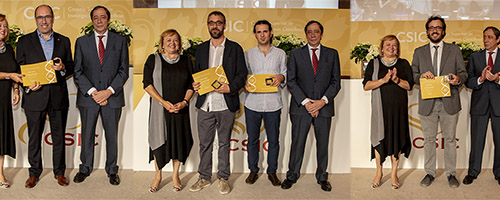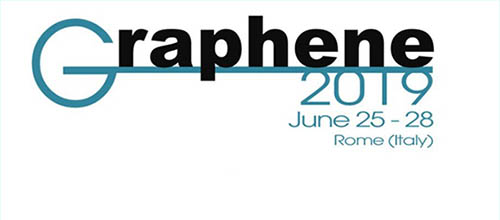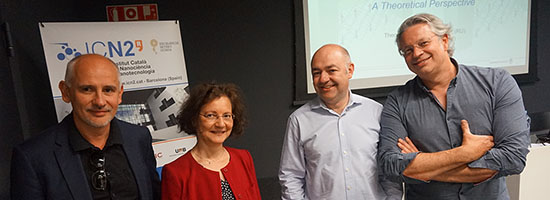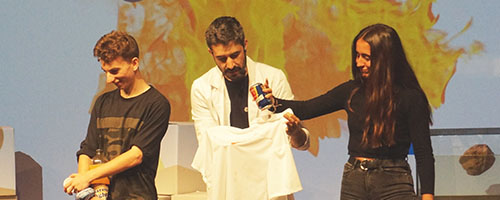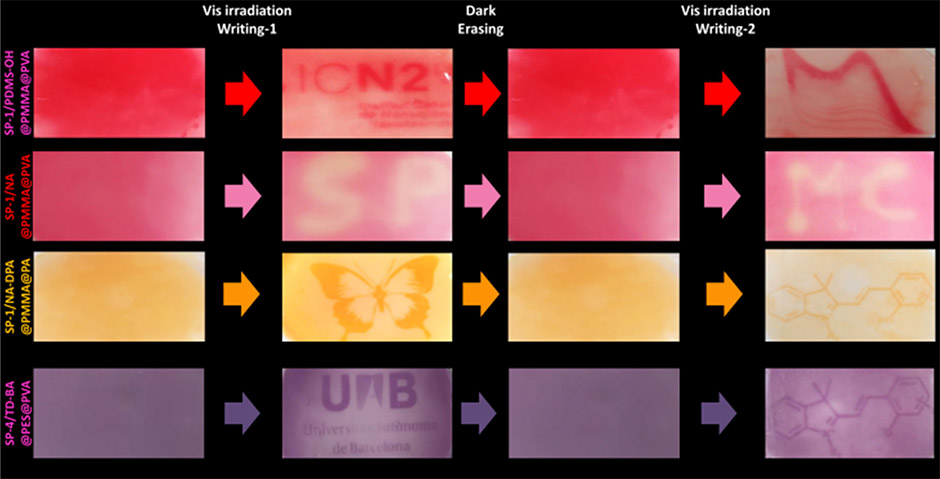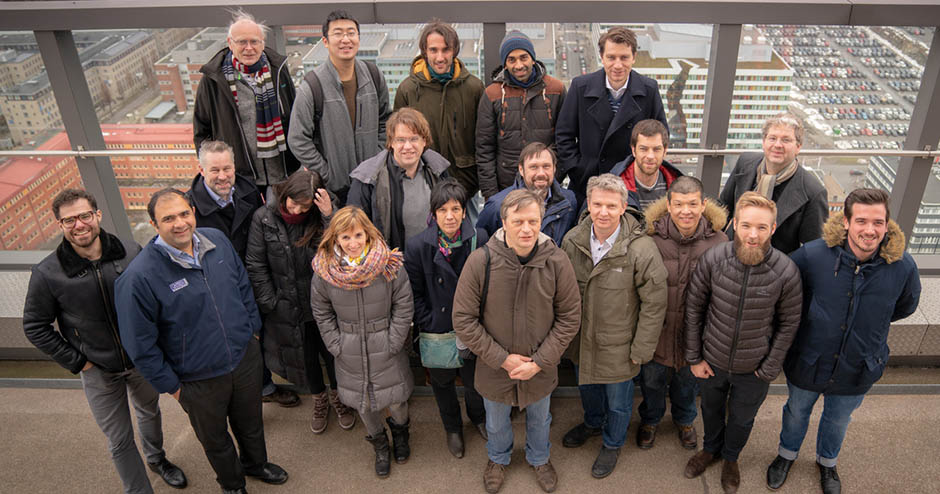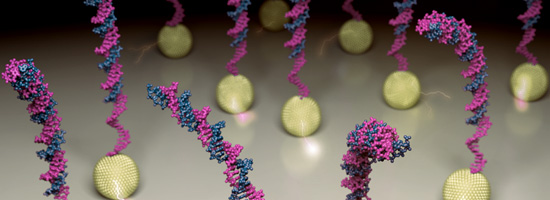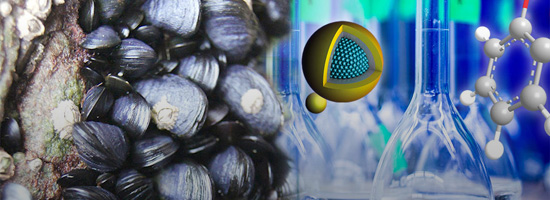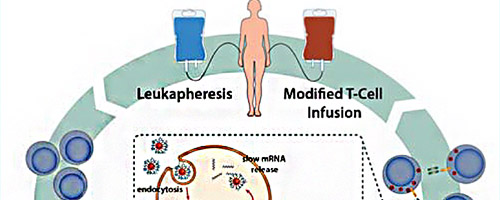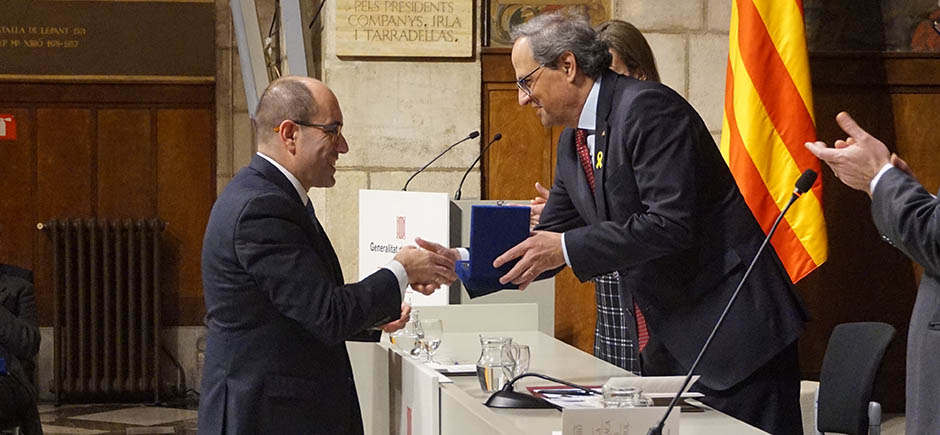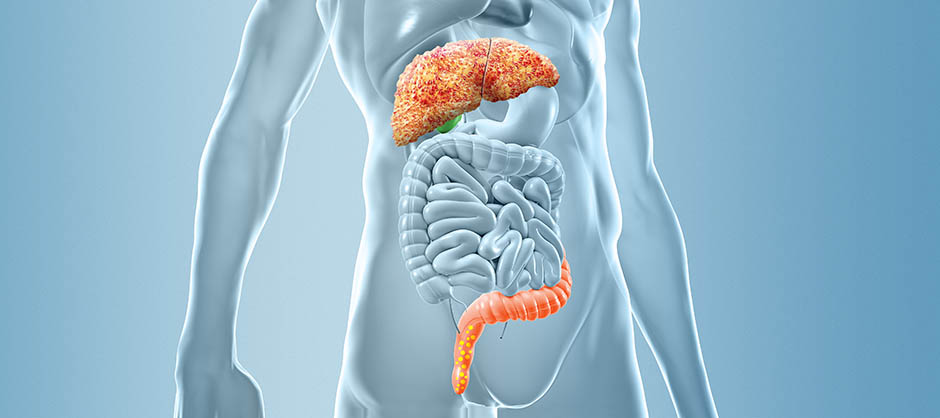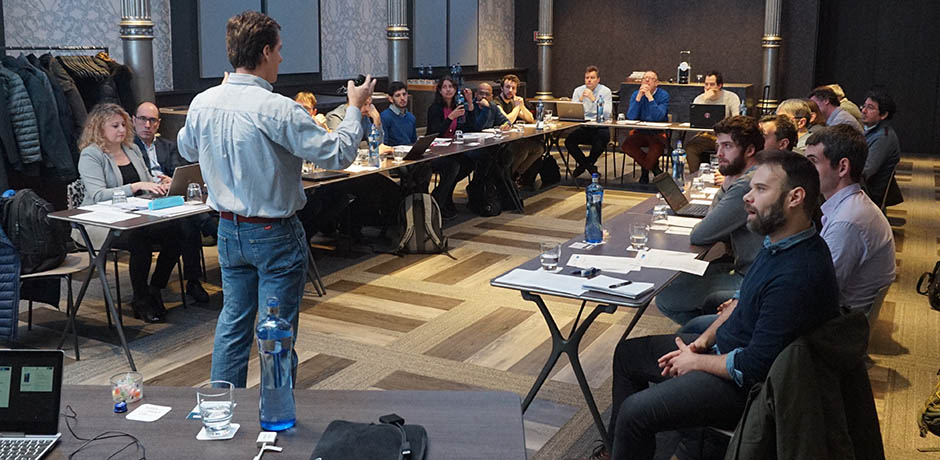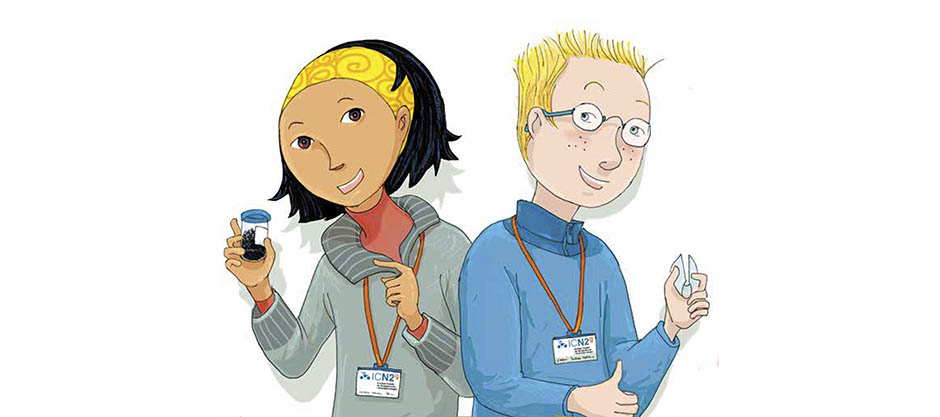Severo Ochoa Programme 2018-2022 NEWS
Our Partner:
https://royalreelspokies.live/ - Royal Reels Australia. Казино Вавада открывает доступ к игровой платформе через официальный сайт Vavada. Быстрая регистрация в
Вавада казино, щедрые бонусы и регулярные турниры с призовым фондом!
Wednesday, 03 July 2019
The yearly awards ceremony gathered 100 persons and institutions which received a highlighted award in 2018. The President of CSIC, Rosa Menéndez, handed a diploma and a commemorative pin to all the recognised CSIC members.
Tuesday, 25 June 2019
Starting this morning in Rome, this edition of the Graphene Conference series (June 25-28) will bring together experts on graphene and 2D materials from around Europe, as well as companies interested in exploiting new promising technologies in this field. The ICN2 has a leading role in creating new graphene-based scientific and industrial opportunities. Visit the BIST booth we share with our colleagues from ICFO and IFAE!
Wednesday, 15 May 2019
The event, held on 8-9 May, is the first of a series of workshops offering an overview of the different research areas covered by the ICN2 Severo Ochoa Strategic Plan. It was focused on ultrafast dynamics and organised in collaboration with the European centre of excellence MaX, GRR-I Graphene&Co and GDR Graphene&Co. ICREA Prof. Stephan Roche, Group Leader of the ICN2 Theoretical and Computational Nanoscience Group, was the local coordinator of the event.
Thursday, 09 May 2019
The program, meant to introduce nanoscience in the secondary classrooms, holds a yearly contest that awards the best poster and videos on nanoscience made by students. The event included an informal talk between two top-level researchers and a science performance.
Tuesday, 02 April 2019
A new technique allows the design of solid materials that are coloured in the dark. ICN2 researchers from the Nanostructured Functional Materials Group, led by Dr Daniel Ruiz, have developed it in collaboration with the Department of Chemistry of the UAB. Their results, published in ACS Applied Materials & Interfaces with Dr Claudio Roscini as its last author, can have applications in rewritable displays or optical data storage systems.
Friday, 22 March 2019
ICN2 is among the partners of the recently launched EU project ULISSES: Air sensors for everyone, everywhere. They will develop a new Mobile Gas Sensing Technology aiming at distributed and networked mobile gas sensing for industrial, safety, and environmental monitoring applications.
Monday, 18 March 2019
The proposed nanobiosensor developed by ICN2 Nanobioelectronics and Biosensors Group led by ICREA Prof. Arben Merkoçi and Vetgenomics takes advantage of the high sensitivity achieved when using gold nanoparticles in the sensing surface. The sensor integrates DNA amplification and detection, which is of high interest for human, veterinarian and plant diagnostics. The results have been published in Analytical Chemistry.
Thursday, 14 March 2019
Catechols play a key role in natural adhesion processes in wet conditions. Dr Javier Saiz-Poseu and Dr Daniel Ruiz-Molina have published a review in Angewandte Chemie that summarises the chemistry involved in natural and synthetic catechol-based adhesive materials and offers guidance for the development of new ones.
Wednesday, 06 March 2019
Today and tomorrow the European project HISENTS, which designs a platform to predict the potential toxicity of new nanomaterials on different biological aspects, is celebrating its closing meeting at the ICN2.
Tuesday, 05 March 2019
Selected by the European Commission through the EuroNanoMed programme, this project aims to improve CAR T cell therapy using messenger RNA (mRNA). Its aim is to make the therapeutic effect more sustained thanks to gold nanoparticles that will control the release of mRNAs. The project is coordinated by the ICN2 and has the experience of Hospital Clínic de Barcelona - IDIBAPS, IRCCS - Istituto di Ricerche Farmacologiche "Mario Negri" in Milan and Tel Aviv University in Tel Aviv.
Monday, 04 March 2019
Nanoporous graphene earned the third prize just after a test to predict response to immunotherapy drugs against cancer and a research on the origins of autism. ICREA Prof. Aitor Mugarza and Dr César Moreno, from the ICN2 Atomic Manipulation and Spectroscopy Group, led the research published in Science together with DIPC, CiQUS and other ICN2 researchers.
Thursday, 28 February 2019
The ICN2 Phononic and Photonic Nanostructures Group has published a work in 2D Materials presenting heat transport measurements on suspended single-layer graphene membranes using high-resolution thermometry. The suggested approach, which overcomes major limitations of conventional experimental methods, was partially funded by the ICN2 Severo-Ochoa Mobility Program.
Thursday, 28 February 2019
Dr. Zeila Zanolli is the Treasurer of the Young Academy of Europe (YAE) and she was among the board members that signed the documents in Munich. Registration as a charity establishes the official status of the YAE and enables it to start raising funds and receive donations to keep fostering its active role in influencing scientific policy throughout Europe.
Tuesday, 19 February 2019
The award recognises the contributions of the Director of ICN2 to the advancement of Science and Technology in Catalonia. In the ceremony held today at the Palau de la Generalitat, the Narcis Monturiol awards were handed by the President of the Generalitat de Catalunya to nineteen renowned scientists and one institution. This 23rd edition coincides with the 200th anniversary of the birth of this influential engineer born in Figueres.
Friday, 08 February 2019
Researchers from the Institut Català de Nanociència i Nanotecnologia (ICN2) and the Centre de Nanosciences et Nanotechnologies – C2N (CNRS / Université Paris-Sud) have proposed a new and counterintuitive approach using disordered structures to trap light (photons) and sound (phonons) at the same place. By using a specific pair of semiconductor materials (gallium-arsenide and aluminium-arsenide) stacked randomly, something that relaxes substantially the fabrication requirements, they show that not only the light and sound can be trapped at the nanoscale, but also their interaction is enhanced. The results have been published in Physical Review Letters.
Tuesday, 05 February 2019
The H2020 European Project Interoperable Material-to-Device simulation box for disruptive electronics (INTERSECT) will drive the uptake of materials modelling software in industry, bridging the gap between academic innovation and industrial novel production. Prof. Pablo Ordejón, Director of the ICN2 and Group Leader of the ICN2 Theory and Simulation Group, is one of the project partners attending the kick-off meeting held in Modena on 4-5 February.
Friday, 01 February 2019
22 European institutions join forces to tackle end-stage liver disease and liver failure with personalised microbiome-based treatment strategies. ICN2 is a relevant technological partner of the project taking care of the development of cutting edge nanobiosensors coupled with smartphones for the disease diagnostic.
Thursday, 31 January 2019
The European Project TOCHA, launched today through a kick-off meeting in Barcelona, proposes radically new technologies taking advantage of the unique properties of topological matter that can prove crucial for information processing, quantum communication and metrology. TOCHA is funded with 5 Million Euros for the next five years and is coordinated by the ICN2.
Tuesday, 29 January 2019
The roadmap highlights medium to long term recommendations for strengthening the European competitiveness in this domain, opening the doors to many new markets. ICREA Prof. Dr Clivia Sotomayor-Torres, Group Leader of the ICN2 Phononic and Photonic Nanostructures Group, acted as contributing author of the document and coordinated the chapter “Beyond CMOS”, which reflects contributions by other ICN2 researchers.
Tuesday, 22 January 2019
The General Directorate for Research (Ministry of Business and Knowledge, Government of Catalonia) has launched a new “Laura and Joan” storybook to bring science closer to young students. The young protagonists of this series visit the ICN2 to learn about graphene, energy and technology transference.
